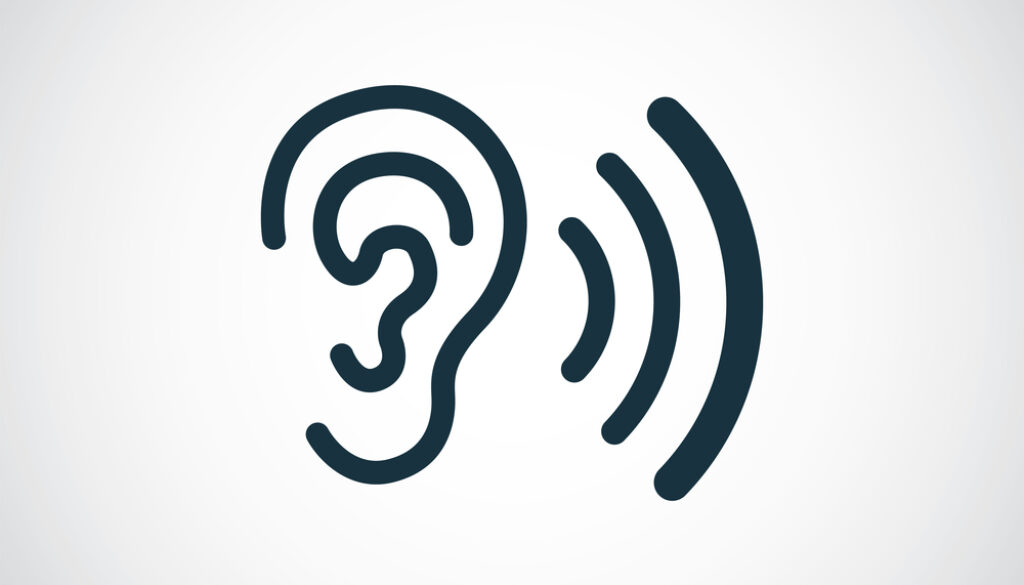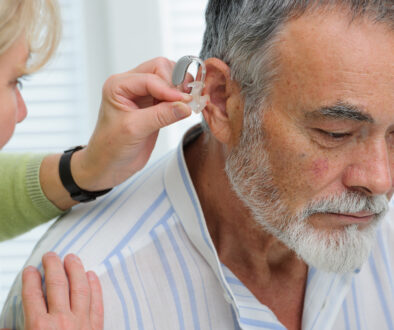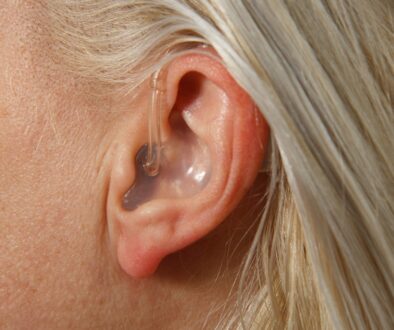How Do Hearing Aids Work?
If you lived 100 years ago, a “portable” hearing aid was the size of a filing cabinet that weighed 220 pounds. Not exactly ideal if you’re trying to catch the latest show at Raleigh Little Theatre.
Hearing aid technology has revolutionized assistance for those who are hard-of-hearing, and it has come a long way since its humble beginnings.
How many Americans are hard of hearing?
By the time you turn 65, you have a 1 in 3 chance of hearing loss. It affects 48 million—roughly 20 percent—Americans. This not only presents challenges in social situations, but it also can cause trouble in the workplace—studies show that as hearing loss increases, income decreases. It also affects students. Roughly 30 children per 1,000 are hard of hearing, according to the Hearing Loss Association of America.
Our iTunes-obsessed culture hasn’t helped our hearing. Listening to loud music or attending rock concerts at the Cary amphitheater can permanently damage hearing over time. There are several other causes of hearing loss, including:
- Impacted earwax
- Chronic ear infections
- Ruptured eardrums
- Fluid trapped in the middle ear
- Aging
- Continuous exposure to loud noise
- Malformation or structural problems with the ear
- Trauma or injury
- Meniere’s disease
Brief history of hearing aids
To fully appreciate the scope of this invention, it helps to look at how hearing aids work … and how far we’ve come.
Have you ever seen a cartoon where one of the characters pulls out a giant ear trumpet to understand what’s being said? While it may be funny now, it was no laughing matter for those who used one to enhance hearing. This awkward device had a long tube that funneled sound into the ear. It was cumbersome and not very effective.
Then Alexander Graham Bell invented the telephone, and everything changed.
The telephone may not the be first thing that comes to mind when you think of hearing aids, but the invention was vital because it was the first electronic device that was able to transmit speech. In fact, many found they could understand conversations better through the phone! Attempts to transform the telephone into a type of hearing aid was problematic at best; the result only increased sound by 15dB.
When vacuum tubes came along, sound was enhanced to 70dB, but it weighed 220 pounds and was the size of a small filing cabinet. It wasn’t until 1938 that the first wearable hearing aids made their appearance.
How modern hearing aids work
Analog hearing aids
Analog hearing aids convert sound into electrical signals. Then, these signals are amplified. Each hearing aid is custom-designed for patients and programmed by an audiologist.
Digital hearing aids
Digital hearing aids convert sound into numerical codes, similar to the binary codes computers use. After this conversion, the sound is amplified. One of the advantages of digital hearing aids is that they can be programmed to amplify some frequencies and not others.
Bone-anchored hearing aids
These devices are implanted behind the ear and attached to the bone during minor surgery. These aids change sound into vibrations which are sent directly to the brain through the skull. An ear, nose and throat physician can determine if you are a candidate.
Do you need a hearing aid?
ENTs specialize in helping those who are hard of hearing. An audiologist can provide a hearing test and make recommendations for what type of hearing aid will be most effective. Raleigh Capitol Ear, Nose, and Throat only employs Audiologists who have extensive training and education in hearing disorders and hearing aids.
Millions of Americans—and likely someone you love—have difficulty understanding speech. There are several things you can do to help communicate with them. It’s not always about making speech louder, but speaking more clearly that helps hearing and understanding conversation. There are several useful resources online to help you.
Sources:
Hearing Loss Association of America. “Basic Facts About Hearing Loss.” Online.
Hearing Loss Association of America. “Causes and Treatment.” Online.
Hochheiser, Sheldon. “The History of Hearing Aids. Institute of Electrical and
Electronics Engineers.” 22 July 2013. Online.
National Institute on Deafness and Other Communication Disorders. U.S.
Department of Health and Human Services. Online.
https://www.nidcd.nih.gov/health/hearing-aids




